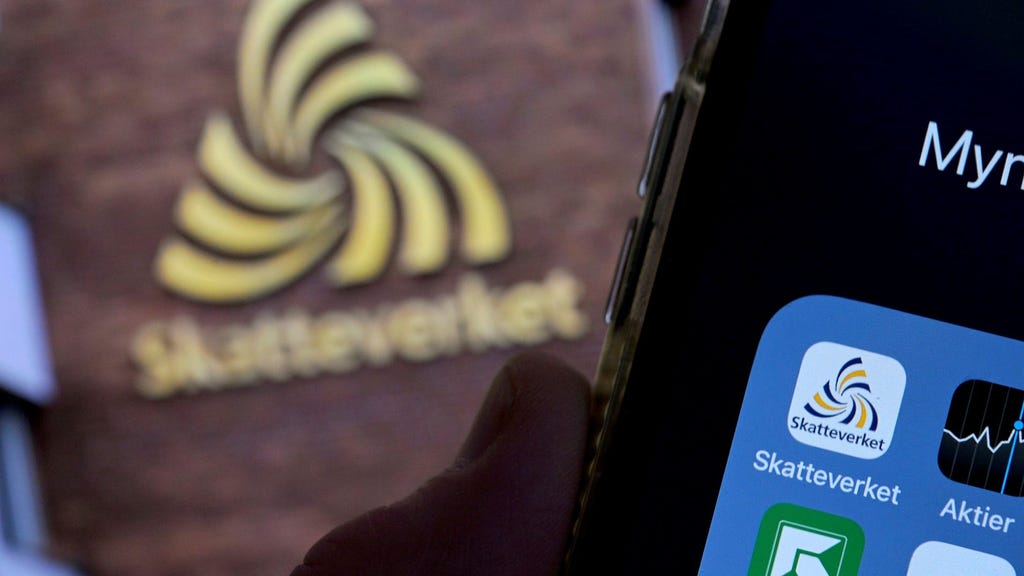This case unveils a brazen scheme of corporate hijacking and fraud, exploiting vulnerabilities in government systems and the misfortune of an incarcerated lawyer. In late April of the previous year, a Stockholm-based lawyer found himself ensnared in a high-profile extortion case involving entrepreneur and former stock exchange CEO, Joachim Kuylenstierna. Arrested and subsequently detained, the lawyer faced accusations of attempted aggravated extortion and accounting offenses. Unbeknownst to him, his legal predicament would create an opportunity for two individuals from Växjö, a 31-year-old and a 37-year-old, one with a prior conviction for financial crimes, to seize control of his company.
The perpetrators initiated their scheme by forging a company meeting protocol, falsely appointing one of them as a board member and counterfeiting the lawyer’s signature. This fraudulent document was submitted to the Swedish Companies Registration Office (Bolagsverket). The agency, following standard procedure, sent a notification to the lawyer’s address, informing him of the changes and requesting confirmation. However, as the lawyer remained in custody, the letter never reached him, allowing the fraudulent changes to take effect. This crucial oversight highlights a significant flaw in the system, whereby a simple verification process could have prevented the entire fraudulent operation.
With control of the company secured, the two men proceeded to file falsified tax returns and amendments to previous declarations, seeking substantial VAT refunds from the Swedish Tax Agency (Skatteverket). Their audacious requests totaled two million Swedish kronor. While their scheme was eventually uncovered, they managed to illicitly obtain 760,000 kronor. This ill-gotten gain was then transferred to the private account of the newly appointed, false board member through the complicity of a bank employee. The funds have since vanished without a trace, leaving investigators with the challenging task of tracing the money trail.
The audacity of the scheme and the ease with which the perpetrators manipulated government systems raise serious concerns about the robustness of existing control mechanisms. Prosecutor Mattias Garcia las Bayones, from the Swedish Economic Crime Authority, expressed his astonishment at the perpetrators’ method, noting that the high-profile nature of the lawyer’s case likely drew their attention, highlighting a vulnerability in the system. The fact that they successfully navigated multiple levels of bureaucratic processes, from altering company records to obtaining tax refunds and transferring funds, points to systemic weaknesses that need urgent attention.
The two men from Växjö are now facing charges of serious tax offenses, aggravated fraud, and aggravated money laundering. Their trial commenced on February 5th, marking the beginning of legal proceedings to hold them accountable for their actions. Meanwhile, the lawyer, whose company was hijacked, was ultimately acquitted of the attempted extortion charges related to the Kuylenstierna case. However, he was found guilty of other offenses, including abuse of legal process, usury, making false statements, and multiple counts of aggravated accounting fraud. He received a prison sentence of one year and four months.
Interestingly, the investigation revealed no connection between the lawyer and the two individuals who hijacked his company. The prosecutor confirmed that their operation appeared to be entirely independent, exploiting the lawyer’s incarceration as an opportunity to execute their fraudulent scheme. This emphasizes the opportunistic nature of the crime and underscores the importance of strengthening safeguards to prevent similar incidents in the future. The accused, as is often the case, deny any wrongdoing, leaving the court to determine their guilt based on the evidence presented. The outcome of this case will undoubtedly have implications for future preventative measures and security protocols within both government agencies and financial institutions.














